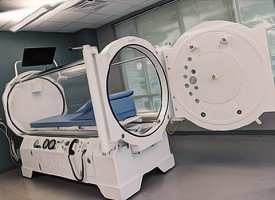I can't say you are totally wrong but you are not totally right either. Oxidation is a perpetual process. Your starting point determines a lot of the outcome. Let me explain...
If you brewed a totally no-oxygen beer, your starting point would be all malt flavor and no oxidation flavor. In contrast, if you brewed a splishy splashy oxygen fireball, your starting point point would be filled with oxidation flavor.
Remember that another homebrew myth is that oxidation = cardboard. In reality, oxidation starts very subtle and grows in intensity given the right circumstances. So as brewers, were are just trying to limit the negative circumstances. But, until one brews a beer with low oxygen process', the starting point will already have plenty of oxidation flavor baked in. In my view, this leads to folks saying they have never experienced oxidation flavors. Well, the flavor is already there and often gets associated with malt sweetness. The distance from the flavor being present to cardboard can be long.
Limiting oxygen gets associated with NEIPAs and other hop forward beers because the loss of hop aroma due to oxygen can be quite obvious. But the same factors are at work with malt flavor as well.



















![Craft A Brew - Safale S-04 Dry Yeast - Fermentis - English Ale Dry Yeast - For English and American Ales and Hard Apple Ciders - Ingredients for Home Brewing - Beer Making Supplies - [1 Pack]](https://m.media-amazon.com/images/I/417FujUfrWL._SL500_.jpg)























